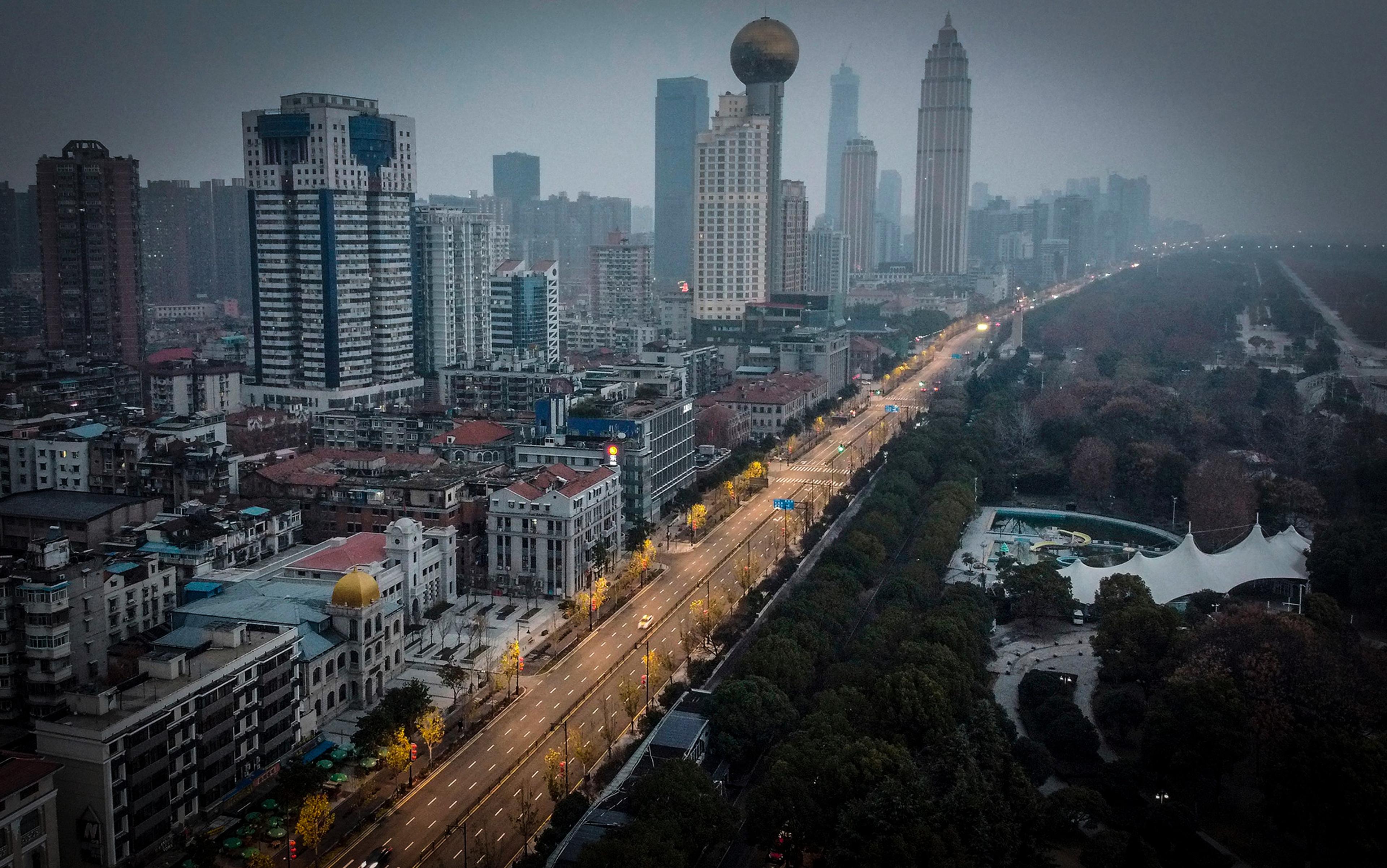William Morris (1834-1896) is best-known today as a Victorian designer who has never gone out of fashion. You can buy Morris merchandise – from coasters to picture frames to ties to mugs – in the gift shops of every big design museum. And if you Google his name, your screen will erupt in cascades of dense, colourful ornaments. But Morris was also a radical thinker, a Socialist and, after Karl Marx’s death, a leader of the Socialist League. One of the most relevant aspects of Morris’s work today is the framework for a commons-based world of cooperation that he sketched in his utopian novel News from Nowhere (1890), which has striking applications for the age of the internet.
In News from Nowhere, Morris imagined a world in which human happiness and economic activity coincided. He reminds us that there needs to be a point to labour beyond making ends meet – and there is. Unalienated labour creates happiness for all – consumer and creator; whereas modern capitalism, in contrast, has created a treadmill in which this aspect of work has been lost. Capitalism, he explains, locks the capitalist into a horrible life, which leads nowhere but the grave.
Morris’s utopian society has no government nor a monetary system. Craftwork has made ‘wage slavery’ obsolete, and parliamentary democracy has given way to new forms of cooperation. The means of production are democratically controlled, and people find pleasure in sharing their interests, goals and resources. The central character and narrator, William Guest, finds himself in conversation with a young girl, a citizen of Morris’s utopian society:
She disappeared again, and came back with a big-bowled pipe in her hand, carved out of some hard wood very elaborately, and mounted in gold sprinkled with little gems. It was, in short, as pretty and gay a toy as I had ever seen; something like the best kind of Japanese work, but better.
‘Dear me!’ said I, when I set eyes on it, ‘this is altogether too grand for me, or for anybody but the Emperor of the World. Besides, I shall lose it: I always lose my pipes.’
The child seemed rather dashed, and said: ‘Don’t you like it, neighbour?’
‘O yes,’ I said, ‘of course I like it.’
‘Well, then, take it,’ said she, ‘and don’t trouble about losing it. What will it matter if you do? Somebody is sure to find it, and he will use it, and you can get another.’
When News from Nowhere was first published, it had many of the trappings of a classic utopia, including that it appeared practically unattainable. But today we have different technological potential: the idea of commons-based production need not be a mere pipe dream. The ‘commons’ is a social system that refers to resources managed and shared according to the rules and the norms defined by the productive community. It is an old idea that was not lost with the European land enclosures of the 16th century. Today, commons are produced, enclosed and reclaimed, arguably more than ever in the past century.
In a sense, the world has caught up with Morris. At the beginning of the 21st century, a new world is emerging. Not since Marx identified the manufacturing plants of Manchester as the blueprint for the new capitalist society has there been a deeper transformation of the fundamentals of our socioeconomic life. A new commons-based mode of production, enabled by information and communication technology (ICT), what we now call digitisation, redefines how we (can) produce, consume and distribute. This pathway is exemplified by interconnected collaborative initiatives that produce a wide range of artifacts, from encyclopaedias and software to agricultural machines, wind turbines, satellites and prosthetics. And much of this relates to the little pipe-seller’s attitude.
As recently as two decades ago, most people would have thought it absurd to countenance a free and open encyclopaedia, produced by a community of dispersed enthusiasts primarily driven by other motives than profit-maximisation, and the idea that this might displace the corporate-organised Encyclopaedia Britannica and Microsoft Encarta would have seemed preposterous. Similarly, very few people would have thought it possible that the top 500 supercomputers and the majority of websites would run on software produced in the same way, or that non-coercive cooperation using globally shared resources could produce artifacts as effectively as those produced by industrial capitalism, but more sustainably. It would have been unimaginable that such things should have been created through processes that were far more pleasant than the work conditions that typically result in such products.
Commons-based production goes against many of the assumptions of mainstream, standard-textbook economists. Individuals primarily motivated by their interest to maximise profit, competition and private property are the Holy Grail of innovation and progress – more than that: of freedom and liberty themselves. One should never forget these two everlasting ‘truths’ if one wants to understand the economy and the world, we are told. These are the two premises of the free-market economics that have dominated the discourse until today.
Wikipedians and hackers want to create something useful for themselves, not for the market or for short-term profit
So, is GNU/Linux, the free and open-source software that drives those 500 supercomputers, an exception that proves the rule? What about the Apache HTTP Server, the leading software in the web-server market, or Wikipedia? The legal scholar Yochai Benkler at Harvard University was one of the first to observe that such commons-based projects are by now too common to be considered anomalies. Already a decade ago (when smartphones were a novelty), Benkler argued in The Wealth of Networks (2006) that a new mode of production was emerging that would shape how we produce and consume information. He called this mode ‘commons-based peer production’ and claimed that it can deliver better artifacts while promoting another aspect of human nature: social cooperation. Digitisation does not change the human person (in this respect), it just allows her to develop in ways that had previously been blocked, whether by chance or design.
No matter where they are based, people today can use the internet to cooperate and globally share the products of their cooperation as a commons. Commons-based peer production (usually abbreviated as CBPP) is fundamentally different from the dominant modes of production under industrial capitalism. In the latter, owners of means of production hire workers, direct the work process, and sell products for profit-maximisation. Think how typical multinational corporations are working. Such production is organised by allocating resources through the market (pricing) and through hierarchical command. In contrast, CBPP is in principle open to anyone with the relevant skills to contribute to a common project: the knowledge of every participant is pooled.
These participants might be paid, but not necessarily. Since commons-based projects are open systems, anyone with the right knowledge and skills can contribute, either paid by companies, clients or not at all. But why do people contribute content to Wikipedia or code lines to GNU/Linux? There are many reasons to contribute beyond or beside that of receiving monetary payment. CBPP allows contributions based on all kinds of motivations such as the need to learn or to communicate. However, most importantly, a key incentive is the desire to create something mutually useful to those contributing. This also generally means that people contribute because they find it meaningful and useful, and they believe the resulting product worthwhile. Wikipedians and hackers primarily want to create something useful for themselves, and for other people, not for the market or for short-term profit.
While the first wave of CBPP included open-knowledge projects (code, culture, design), the second one is moving towards manufacturing. Imagine a prosthetic hand, an orthosis, a wheel hoe or even a house designed in the same way that the Wikipedia entries or the GNU/Linux code lines are written. This is not a far-fetched utopian vision, but something that is happening as you read this. All knowledge and software related to these artifacts are shared globally as digital commons. These are developed by the labour of often very passionate people from all over the world. Moreover, those who have access to local manufacturing machines (from 3D printing and CNC machines to low-tech crafts and tools) can, ideally with the help of an expert, manufacture a customised hand, a satellite, a wheel hoe or a house. These are the stories of the OpenBionics project, which produces designs for lightweight robotic and bionic devices; of the Libre Space Foundation in Greece, which produces small-scale satellites; of the L’Atelier Paysan collective in France, which builds agricultural machines; and of the WikiHouse, which ‘democratises’ the construction of sustainable, resource-light dwellings.
CBPP presents a radical break within the existing technological development paradigm. It enables people who previously worked in isolation to design and manufacture artifacts in collaboration imbued with values that exceed the considerations of capitalism. Technology is not neutral: it favours some outcomes over others. The ICT paradigm creates several new possibilities, and various human groups try to utilise them. Different social forces invest in this potential and use it to their advantage. Technology is therefore also a focus of social struggle, rather than a predetermined ‘given’ that creates just one possible future.
When social groups appropriate a particular technology for their own purposes, then social, political and economic systems can change. An example is the role that the invention of the printing press played in transforming European society. The fast-growing availability of digitisation enables many-to-many communication; think of electronic fora and mailing lists to wikis and Facebook, embattled though it might appear right now. Hence, an increasing number of humans communicate in ways that were not technically possible before. This in turn makes massive self-organisation up to a global scale possible. Just as digitisation – and specifically social media – can work both for emancipation and supervision, for revolution and its suppression, it also allows for the creation of a new mode of production and new types of social relations outside the market-state nexus.
What is light (knowledge, design) becomes global; what is heavy (manufacturing) is local and shared
In this commons-based scenario, there are no patent costs to pay, since the digital commons becomes available under commons licences, such as the Creative Commons licences or the General Public License. For example, in the software realm, the GNU General Public License permits anyone to see, modify and redistribute the code, under the condition that changes are made publicly available and licensed under the same licence. Further, less transportation of materials is needed, since a considerable part of the manufacturing takes place locally often through upcycling. Moreover, maintenance is easier and products are designed to last as long as possible. Costs are thus driven down.
The design is developed and improved as a global digital commons, while the manufacturing often takes place through shared infrastructures and with local biophysical conditions in mind. Put simply, this mode of production follows the logic that what is light (knowledge, design) becomes global, and what is heavy (manufacturing) is local and shared. This allows for the consideration of the limits and scarcities posed by finite resources, and the organisation of material activities according to participant-defined value systems. For example, the people of Mityal, a rural community in southwest Nepal, needed to electrify their local health clinic. They connected with national and international commons-oriented communities interested in small-scale, off-the-grid wind turbines. Together, they built a wind turbine based on digital commons of designs and software, using local manufacturing technologies and materials. Training workshops also took place so that the people of Mityal became capable of maintaining the infrastructure themselves.
Morris envisioned a future in which humans would be free to create and to ‘delight in the life of the world’. Yet in his opinion, for reasons of scope as well as human conditioning, violent events – wars, revolutions – would have to precede such freedom. But he might have been wrong about that. CBPP points to the reality of peaceful paths of radical change actually emerging.
It might be true that the examples here seem small-scale, bucolic, catering to an Arcadia, a dream-world for Leftie intellectuals. The difference with CBPP is that it takes back, through empowerment, what has already been lost, but via modern means. It makes use of digitisation, at the forefront of technological development, by interpreting it for the benefit of the people, rather than for its current protagonists. Creating public rather than private value, CBPP follows the digital logic just as much as, and maybe better than, its classic-capitalist protagonists in Silicon Valley and elsewhere. Perhaps it is best to think of these CBPP as early pilot projects, with a great radical change in our attitude to production possibly just around the corner.
The danger, were such a path to be fully co-opted by the current (very) dominant context, is obvious, and it must realistically be acknowledged. If you profit from an economic model on a large scale, if you draw your rents from it, why would you not fight for it, even when this is not good for anyone else? However, the counterculture is not only here, it is gaining ground, so far. Were Morris alive today, he certainly would have recognised its revolutionary potential. What was news from nowhere in 1890 could very soon be news from here.






